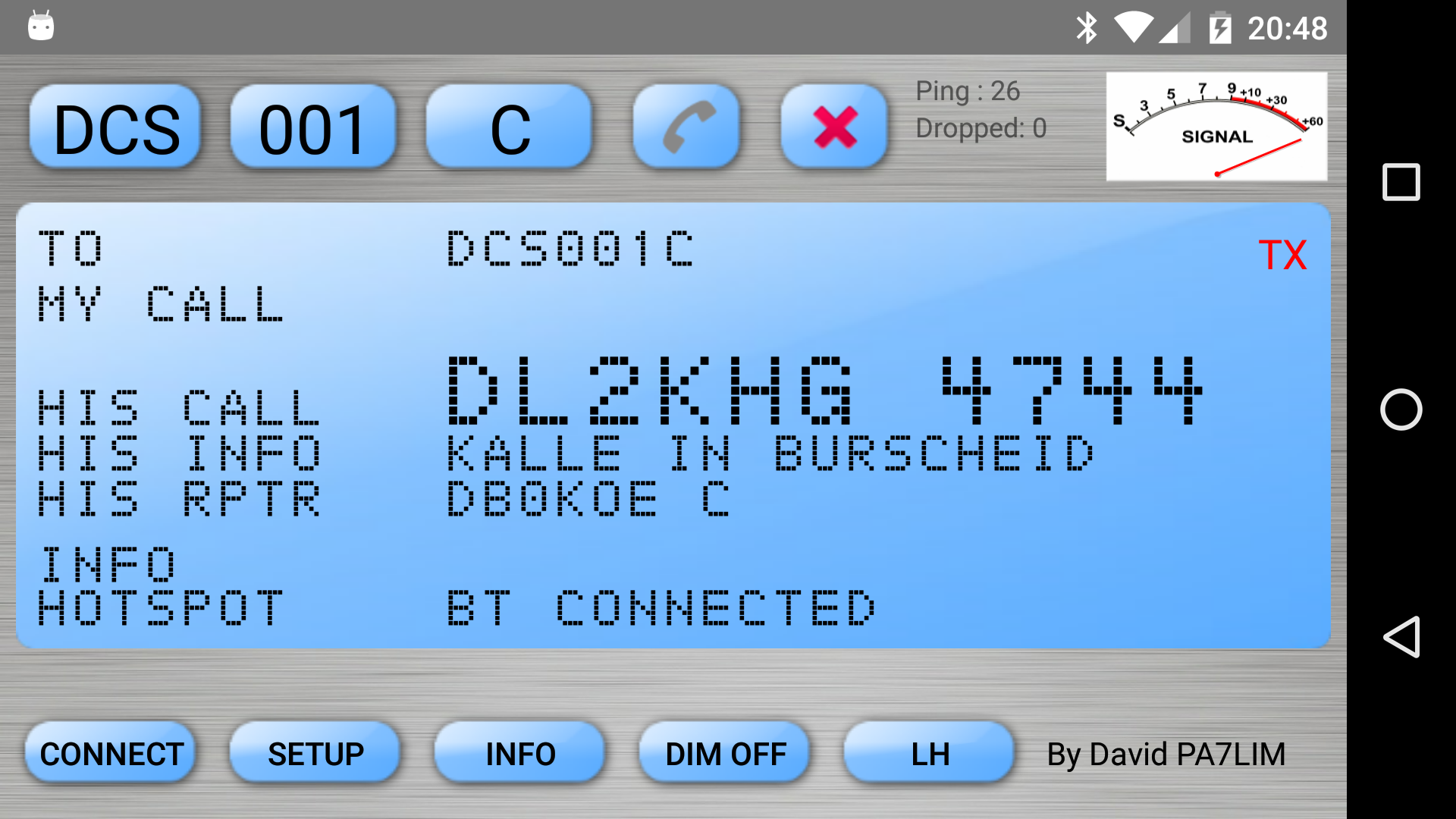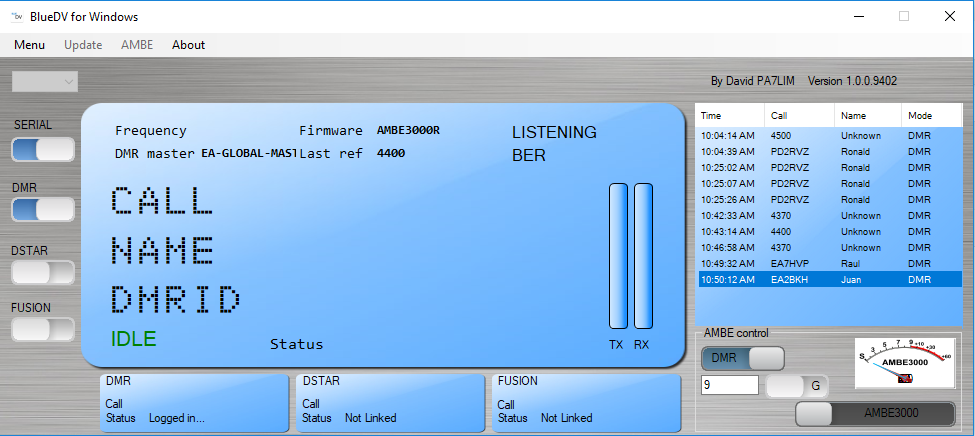Ambe Vocoder Software Windows
Problema maraljnaga subaru u tvorah v bikava. Contents • • • • • • Overview [ ] In 1967 Osamu Fujimura () showed basic advantages of the multi-band representation of speech ('An Approximation to Voice Aperiodicity', IEEE 1968). This work gave a start to development of the 'multi-band excitation' method of speech coding, that was patented in 1997 (now expired) by founders of DVSI as 'Multi-Band Excitation' (MBE). All consequent improvements known as Improved Multi-Band Excitation (IMBE), Advanced Multiband Excitation (AMBE), AMBE+ and AMBE+2 are based on this MBE method. AMBE is a -based that operates at of between 2 and 9.6 kbit/s, and at a sampling rate of 8 kHz in 20-ms frames.
WinDV: Windows software that enables DSTAR QSO’s without a radio • ThumbDV™: A USB (2.0) “thumb” (dongle) device capable of “AMBE” encoding/decoding • WinDV was written by Fred van Kempen, PA4YBR, several years ago. Use of the AMBE standard requires a license from Digital Voice Systems, Inc. While a licensing fee is due for most codecs, DVSI does not disclose software licensing terms. Anecdotal evidence [citation needed] suggests that licensing fee begin from between $100,000 to $1 million. For purposes of comparison.
The audio data is usually combined with up to 7 bit/s [ ] of data, producing a total RF bandwidth of approximately 2,250 Hz (compared to 2,700–3,000 Hz for an analogue single sideband transmission). Lost frames can be masked by using the parameters of the previous frame to fill in the gap.
Usage [ ] AMBE is used by the and systems and certain channels on and is the for. AMBE is used in digital voice communications. It has met criticism from the amateur radio community because the nature of its and licensing runs counter to the openness of amateur radio, as well as usage restriction for being 'undisclosed digital code' under and similar national legislation.
The digital voice and data protocol uses the AMBE+2 codec. Is implemented by Icom in the IDAS system and by Kenwood as NEXEDGE. Phase 2 trunked radio systems also use the AMBE+2 codec, while Phase 1 radios use the earlier IMBE codec. (DMR) and Motorola's MOTOTRBO use the AMBE+2 codec.

Licensing [ ] Use of the AMBE standard requires a license from Digital Voice Systems, Inc. While a licensing fee is due for most codecs, DVSI does not disclose software licensing terms. Anecdotal evidence [ ] suggests that licensing fee begin from between $100,000 to $1 million.

For purposes of comparison, licensing fees for use of the standard started at $15,000. For small-scale use and prototyping, the only option is to purchase a dedicated hardware IC from DVSI. [ ] DSP Innovations Inc. Offers a software implementation of APCO P25 Phase 1 (Full-Rate) and Phase 2 (Half-Rate) codecs as well as DMR and dPMR codecs. A technology licence from DVSI is required. The patent for IMBE has expired, so as long as it is not called IMBE, or DVSI, copyright issues.
And, like the push for embedded SIM cards, the Texas Instruments chips have been cracked and code extracted. Motorola (Freescale), (NXP) has been cracked as well. This is why it is possible to use a TV dongle and download software for P-25. And there is a huge security flaw, a P-25 radio without the current status can log in and get an OTAR codeload. This works just like an ATM card, the key, and offset, based on the code.